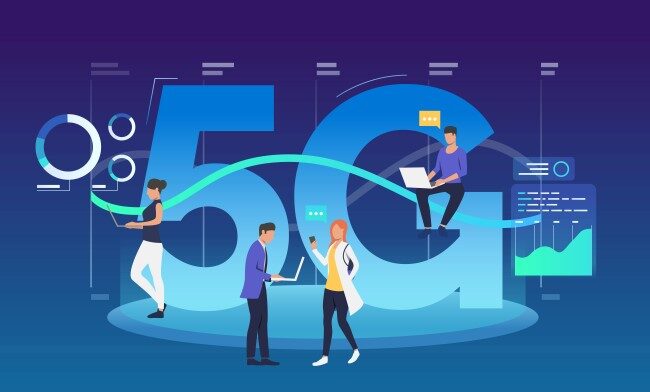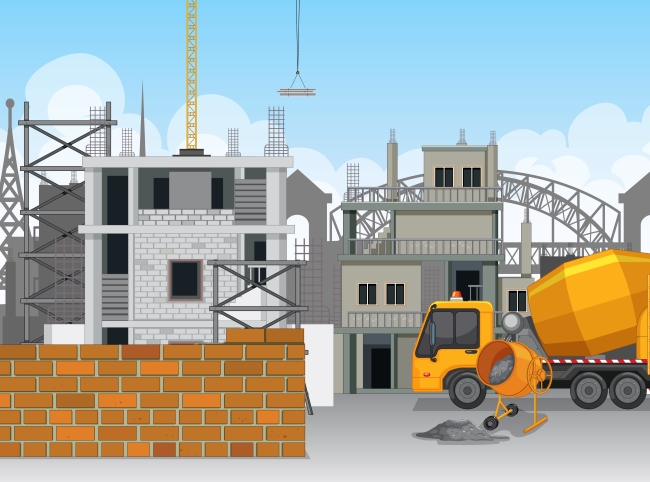The landscape of the manufacturing sector is always evolving and in such a scenario the strong synergy shared by machines and the human workers who operate them has assumed the role of an agent of transformation. With the coming of smart factories, we are now in an era where Robotics and Artificial Intelligence are bringing about a revolution in the way production is being approached. However, there is so much more to such a paradigm shift. It has transcended those boundaries and is now signifying an enhancement in the collaboration of machines and humans. This is how it is driving efficiency, innovation, and safety at levels that could not have been envisaged earlier.
The evolution of smart factories: Technological marvels
It can be said without an iota of exaggeration that right now smart factories represent the absolute peak of the evolution of manufacturing. These facilities use the latest technology such as Robotics and AI (Artificial Intelligence) for streamlining production and optimizing processes. Ever since these technologies have been integrated into the workflows of manufacturing companies there have been remarkable improvements, especially in key areas such as precision and efficiency. It is this efficiency achieved through precision that can be said to be at the very heart of these smart factories.
Real-time insights: The power of data in the context of manufacturing
When it comes to the world of smart factories data is supreme. These factories are privy to analytics powered by AI that provide them with real-time insights into the work being done in those workspaces. This in turn empowers the human workers in these factories as far as making data-driven decisions is concerned. Not only does such collaboration between machines and humans enhance productivity but it also empowers the workforce in these factories to adapt quickly to the changing demands of the market.
The other important factors in this particular context
Using such technologies in these factories also creates the scope for upskilling workers so that talent can be nurtured for the future. This happens because machines perform all the repetitive and mundane tasks. It is also assumed that these factories can help create a sustainable future, especially from the point of view of the environment. These smart factories are truly pioneering when it comes to how much humans can collaborate with machines to create a better future for all. So, this is a future that needs to be embraced by all the stakeholders.
Conclusion
It can be said in the end that we have a harmonious future in front of us thanks to the human-machine collaboration we are talking about over here. These smart factories, powered by the likes of Robotics and AI, can be said to represent the very epitome of this collaboration. It is also expected that they would drive the likes of efficiency, innovation, and safety to heights that were hitherto thought to be impossible. Even as we begin this journey of transformation it is however important that we also recognize the responsibilities that lie ahead of us in this regard.

